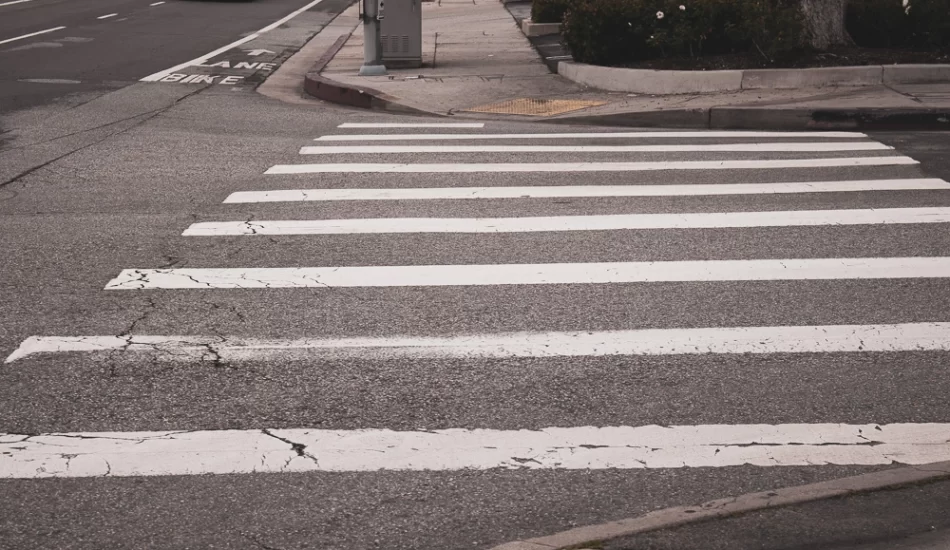Las Vegas’s Pedestrian Laws

Pedestrians, being anyone who uses a sidewalk (whether walking, skating, moving with motor assistance, or otherwise traveling), are among the most vulnerable individuals in any pedestrian accident in Nevada; thus, they have extensive policies protecting them. Note that cyclists don’t count as pedestrians, and are instead governed by a separate set of bicycle laws in Nevada.
Pedestrian Laws From Either Side
Pedestrian-driver interactions are a two-way street, with unique considerations for either side to take into account in terms of policy and safety:
- Drivers are expected to exercise particular caution at intersections, yielding to pedestrians as a matter of fact. Nevada Revised Statute 484B.283 outlines the particulars of this expectation clearly, dictating that all motorists should yield to pedestrians while they are lawfully using a marked (or unmarked) intersection. While a vehicle is stopped at an intersection to yield to a traveling pedestrian, other drivers are not permitted to pass or overtake them. Extra care is to be exercised at manned school crossings, in which drivers cannot continue driving until the crosswalk is completely clear.
- Pedestrians, according to Nevada Revised Statute 484B.287, should always cross at official intersections when available, whether they be marked or unmarked (unmarked referring to “invisible” crosswalks where an intersection would normally clearly have marked ones; the presence of paint on the ground is not necessary to constitute an intersection). Should no functional intersections be available in either direction, a pedestrian may then legally “jaywalk” across roadways at any given point, although they will not have the right of way while doing so and must yield to other vehicles.
Note that this intersection-exclusive right of way for pedestrians does not apply to those who are visibly blind; such impaired individuals unconditionally have the right of way, regardless of traffic signals and intersections, or lack thereof. In order to qualify for this absolute right of way, the blind individual in question must be clearly and unquestionably blind—i.e., they must be using a service animal or white cane, immediately warning those on the road that they can’t see oncoming traffic.
Exercise Common Sense
Beyond the letter of the law, you should also practice basic common sense to promote road safety in Nevada—you have a legal responsibility to make efforts to keep yourself and others out of harm’s way:
- While not inherently legally protected, drivers are nonetheless expected to be especially careful around children, who are significantly more likely to blindly assume that a driver has seen them or to rush onto a roadway without properly assessing the situation.
- Pedestrians should always be patient, never darting into an intersection in a way that wouldn’t give drivers time to react. At times, it may be safest to yield to oncoming vehicles, even if they don’t have the right of way (particularly if they seem to be impaired or aren’t slowing down).
- Pedestrians and drivers should never assume that the other party can see them. Pedestrians should do their best to cross in well-lit, high-visibility locations, and drivers should never bank on a pedestrian moving aside to let them pass.
Responding to Pedestrian Accidents in Nevada
Whether you’ve been hit as a pedestrian or accidentally hit one yourself, you’ve sustained a traumatic experience that you deserve compensation for. Contacting a Las Vegas pedestrian accident attorney at (702) 550-1111 is the best way, hands down, to learn more about the personal injury claims process and see whether or not you could benefit from strong legal representation. Let Aaron Law Group help—we can give you time to focus on recovery and relaxation by making things simple.